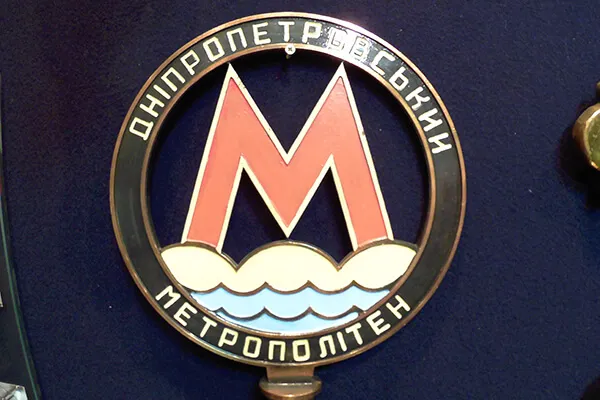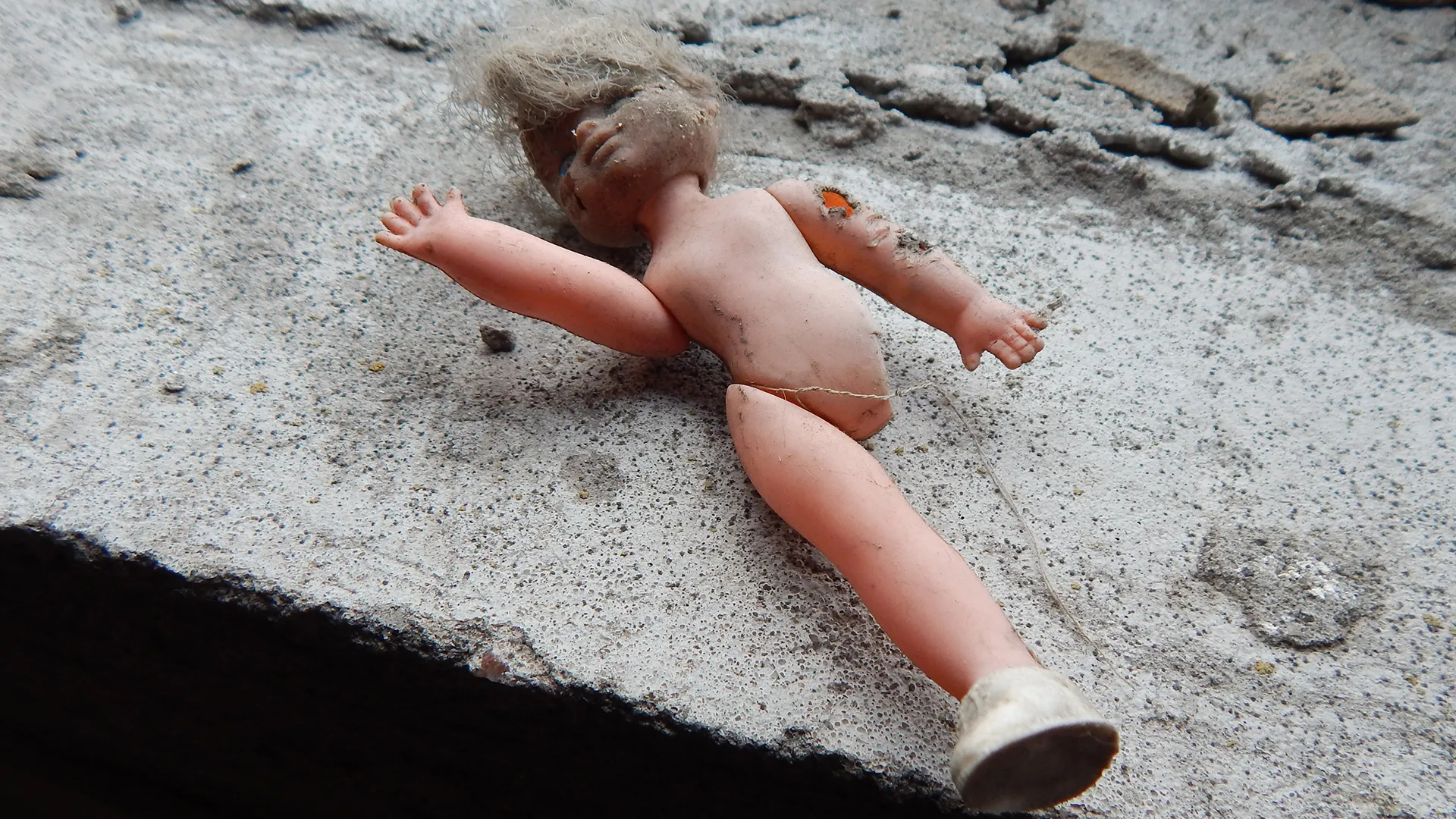
Abandoned neighborhood Romankovo - «Yugoslavian Houses» by DMKD
I first noticed this object from the window of an Intercity train, whose route from Dnipro to Kyiv passed through the outskirts of the town of Kamenskoye (Dniprodzerzhynsk). The railroad tracks just encircled the Romankovo microdistrict, on the hillock of which one could see a lot of unfinished houses. I did not pay much attention to them at first, until the situation repeated itself for the second time.
Anyway, everything I saw from the train was just the tip of what was hidden deeper.
A ghost neighborhood
A ghost neighborhood – that’s what locals call the unfinished settlement from the Dnieper Metallurgical Plant named after F.E. Dzerzhinsky (DMKD), which consists of many 2-story houses scattered on a hill. I counted 61 of them, although others may have more. It’s hard to give an exact number, as they are all in varying degrees of readiness, where only a pit has been dug, and where there is a completed and furnished house. A little later I found out that this village has about 80 houses/plots for building and it was supposed to be a continuation of Volochaevskaya Street (now Balkova Street), 11 alleys: 1st Balkova Street, 2nd Balkova Street etc.
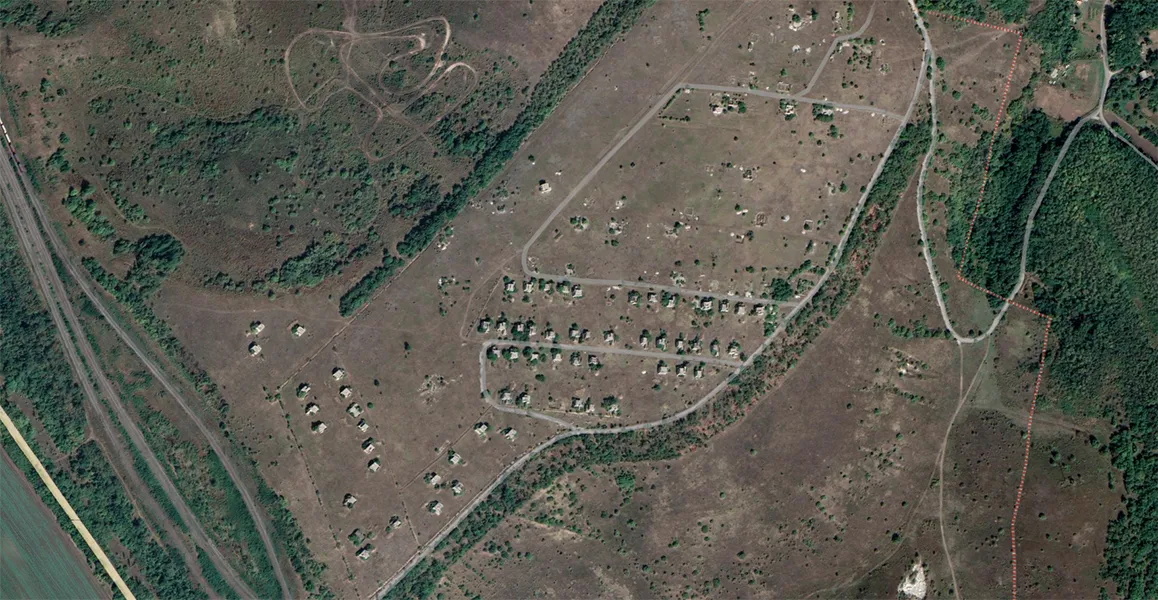
To get to the bottom of the true reasons for this state of affairs, I was helped by Vadim Dovzhenko, the owner of one of the houses and one of the few activists trying to revitalize the place.
Where did it all start?
On the initiative of the head Yuri Borisovich, the director of the enterprise, the employees of DMKD were offered to build houses* on the plots allocated earlier, and absolutely any employee, regardless of his position, could buy or take out a loan from the enterprise for up to 35 years. In simple words, there was no division into «bosses» and «workers». Each participant was offered several variants of houses, which directly depended on the number of rooms – three-, four-, five- and six-room houses. The personal sympathy of the director of DMKD for Leonid Kravchuk was the only informal condition for the deal – it was necessary to vote for the right candidate in the 1994 presidential election.
*It is worth noting that the idea was not only to build houses, but also to create all the necessary infrastructure for them.
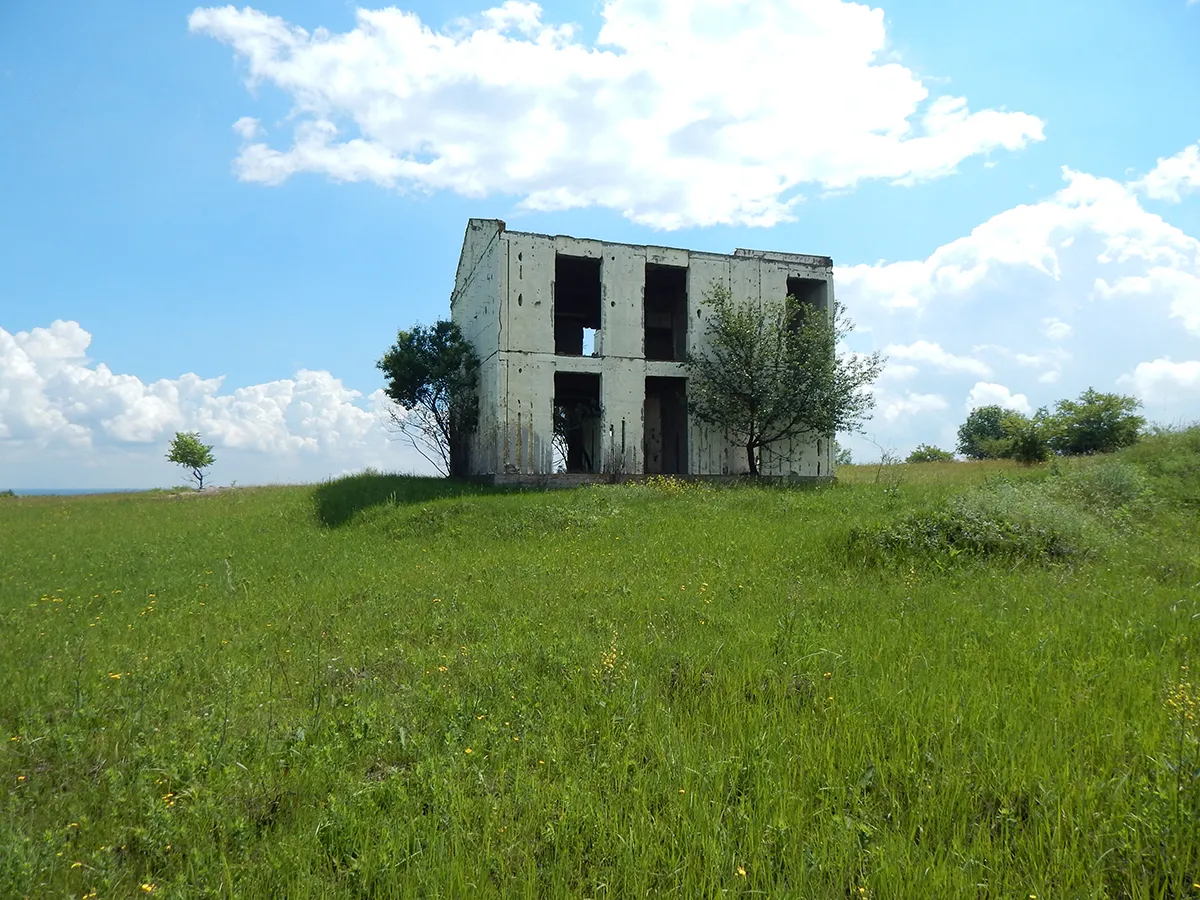
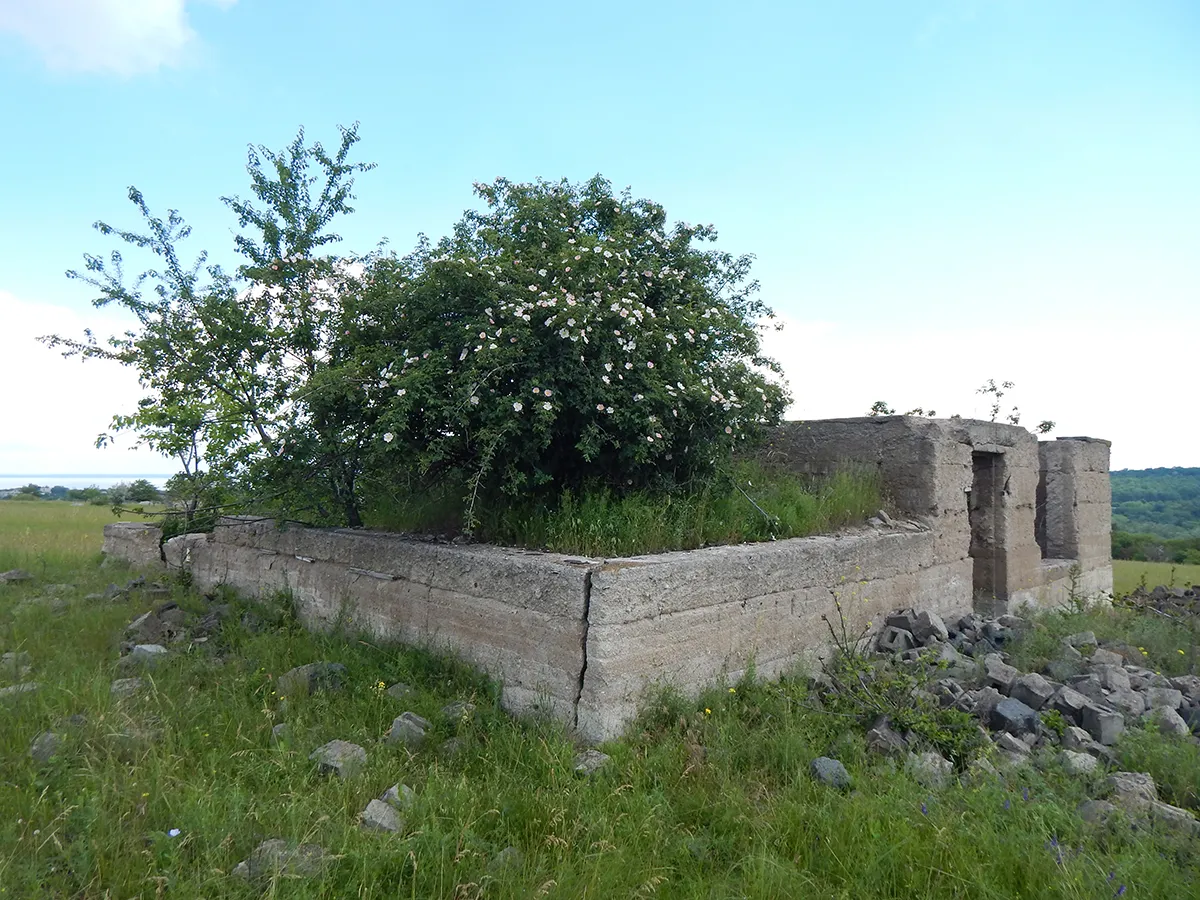
How did the houses become abandoned?
According to Vadim Dovzhenk – «The construction was actively going on for about a year, the then director of the plant Borisov (at that time) was connected with Leonid Kravchuk and was supposed to ensure his victory in the elections against Leonid Kuchma. People were promised not only «turnkey houses», but also all communications, transportation, roads, a railway station with direct access to the village (the railway is nearby and Voskoboynya station). All documentation and projects are in the architectural archive. All stopped when the village is 90% ready, the city did not take the new buildings on the balance, talked that they belong to the plant, so «Yugoslavian houses» turned into «abandoned».
Of course, a logical question arises – what do Borisov and Kuchma have to do with this, and even if they are comrades, what does this have to do with the construction site?
There is an opinion/rumor that Borissov organized a meeting before the election, at which he announced the following: «If Kuchma is elected, I will finish construction and leave, and if Kravchuk is elected, I will do everything at 100%». And at that moment, people had already started buying furniture and were preparing to move. In general, there are more questions than answers.
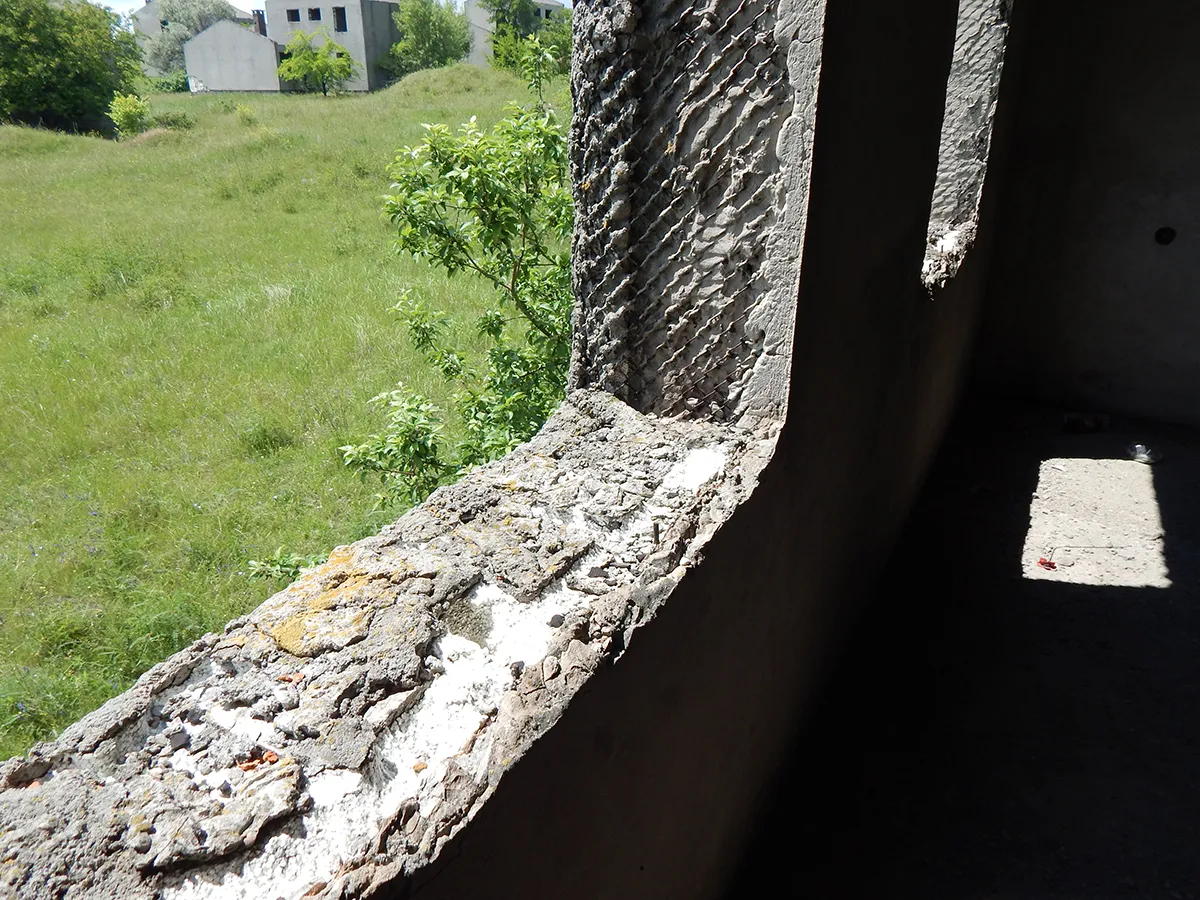
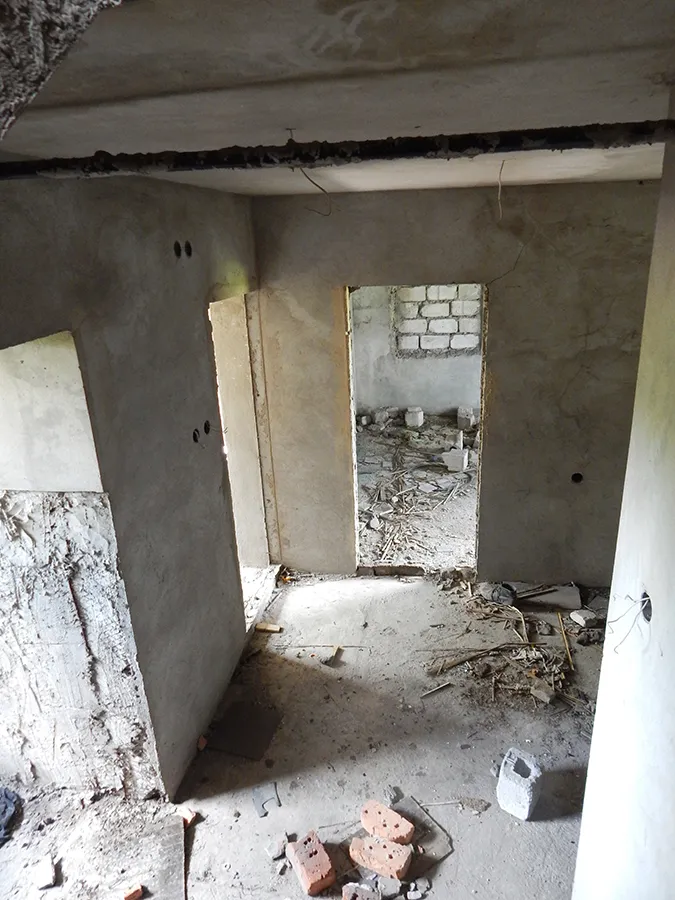
New construction technologies
When I first visited there, it was hard to ignore the fact that the walls contained a large amount of Styrofoam. As it turned out, a new construction technology was used in the construction of houses, concrete was poured inside the foam block, additionally reinforced with rebar. Then, upon completion, the walls were reinforced with mesh and plastered.
«The quality of construction was excellent! Over 30 years, the exterior plaster was slightly cracked, the interior surface was not damaged anywhere, unless you take into account the looters» – said Vadim.
Why here and not there?
That’s the answer I got to the question, «Why here and not there?».
«The place was not chosen by chance. Borisov approached the matter thoroughly, specialists were invited who took samples of water, soil, and air. All the samples were recognized as excellent in quality and suitable for human life. The site itself is located in the center of a forest area, surrounded by untouched nature, next to the river and at the same time the city is within reach, there are no problems with transport even now, and in the future there may be a shuttle bus through the village, I think it is solvable» – Vadim Dovzhenko.
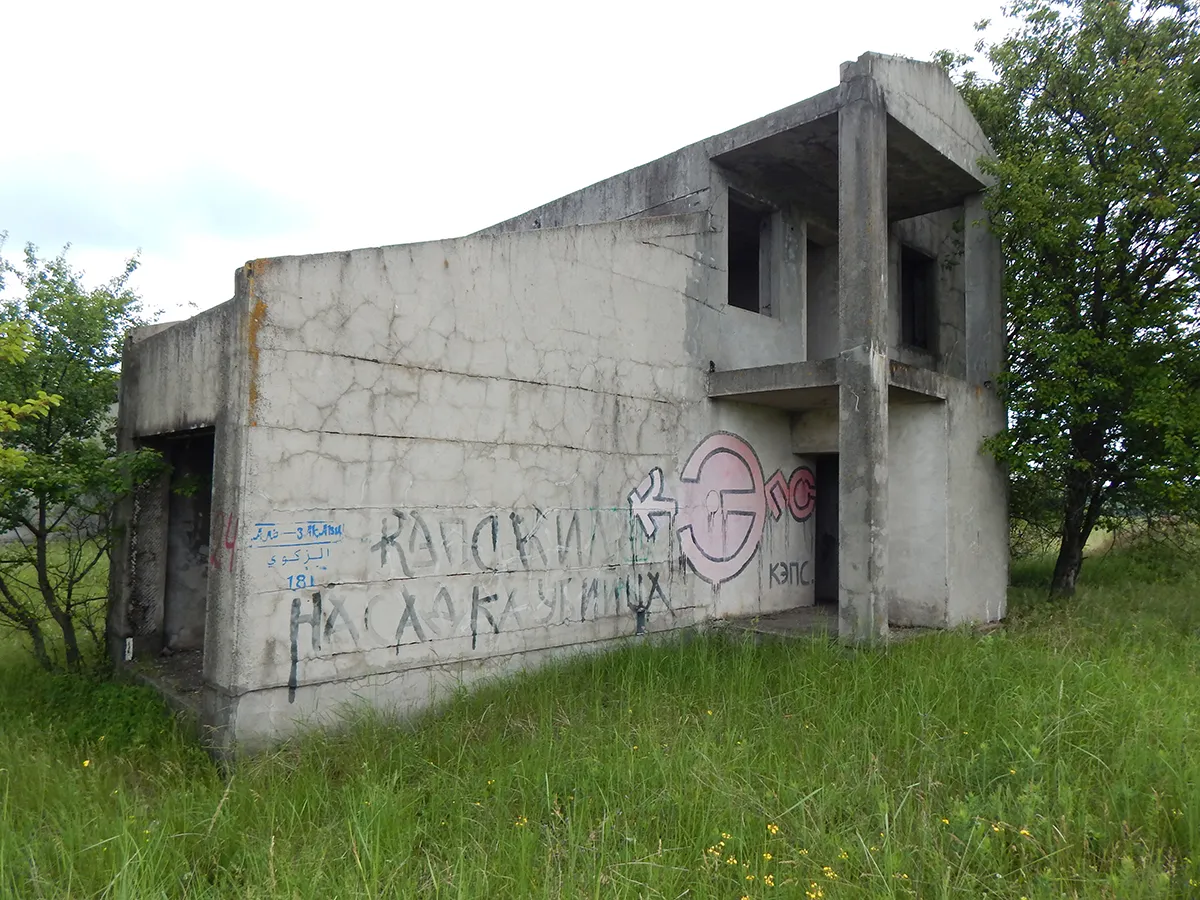
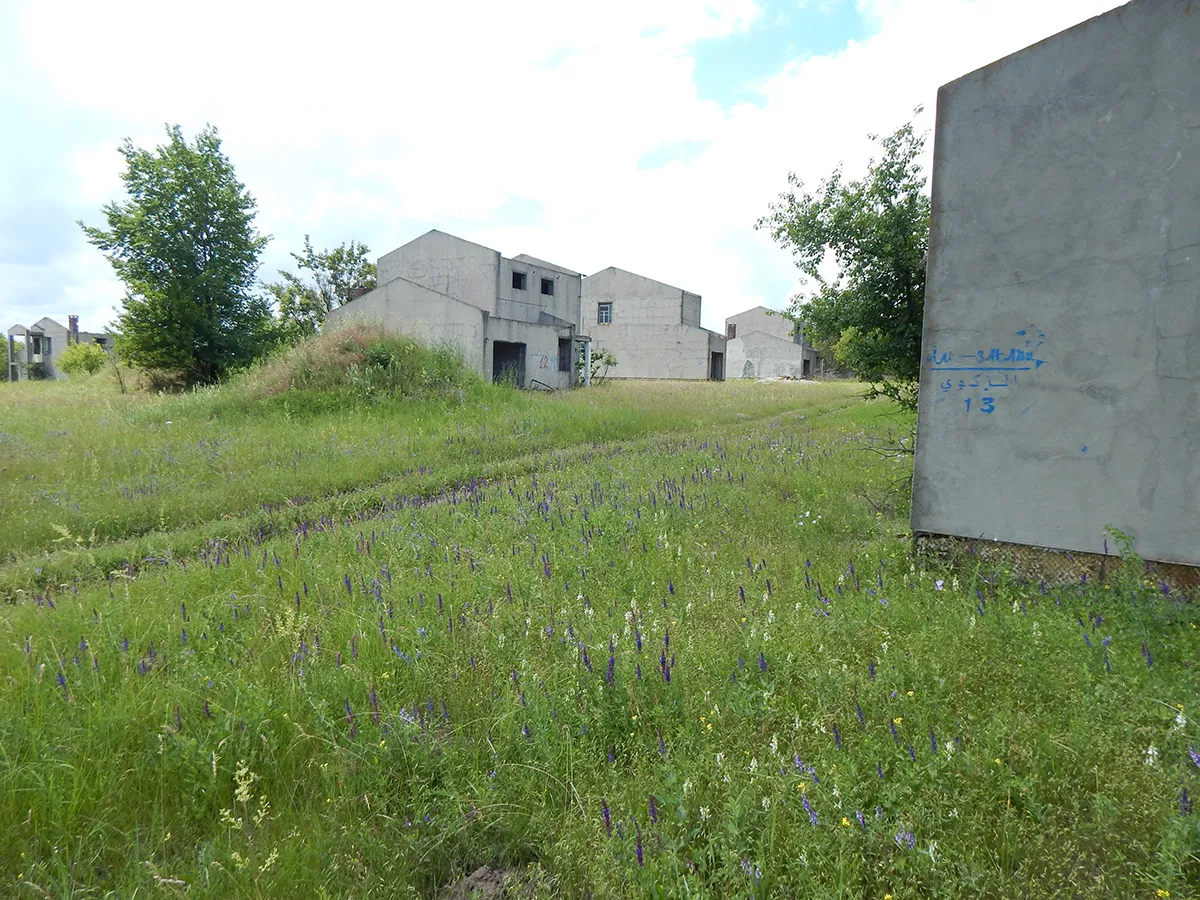
Bottom line
Each of the owners of plots and houses has different thoughts about the future of the neighborhood. Some have put this issue aside, some have changed their minds about building and investing money, others have put it up for sale, and there are those who want to see it through to the end.
«I’d like to live here. The people I’ve been able to make contact with would be happy to join if at least the lights were brought in. In the «clear» electricians offer to buy the materials themselves, and they will connect. The same option agree to implement and electricians from the railroad, but! Even for ten people it is very expensive, we simply can not afford it. A lot of people come here with questions «How can I buy a house here?» and again, it all comes down to light (water, gas). I think that if at least electricity was brought in, life would immediately boil over.
Now there are many war victims who are forced to move from their homes, why not rebuild for them as well? For the military who would like to stay here? I am sure that everyone is sitting «on a low starting point» and waiting to see what will happen to these houses next. The questions «What are the houses here and what are the light prospects?» have grown exponentially lately.
A similar settlement was bought in the same condition on the left bank, but there it belonged to one owner and was turned into a cottage town. Before the war, «businessmen» also came here with the intention to buy this settlement, but when they learned that the land and plots were partially privatized, they left.
If they had stretched the light and put poles along the central Volochaevskaya Street, we would have already stretched the rest of the alleys ourselves!» – Vadim Dovzhenko.

